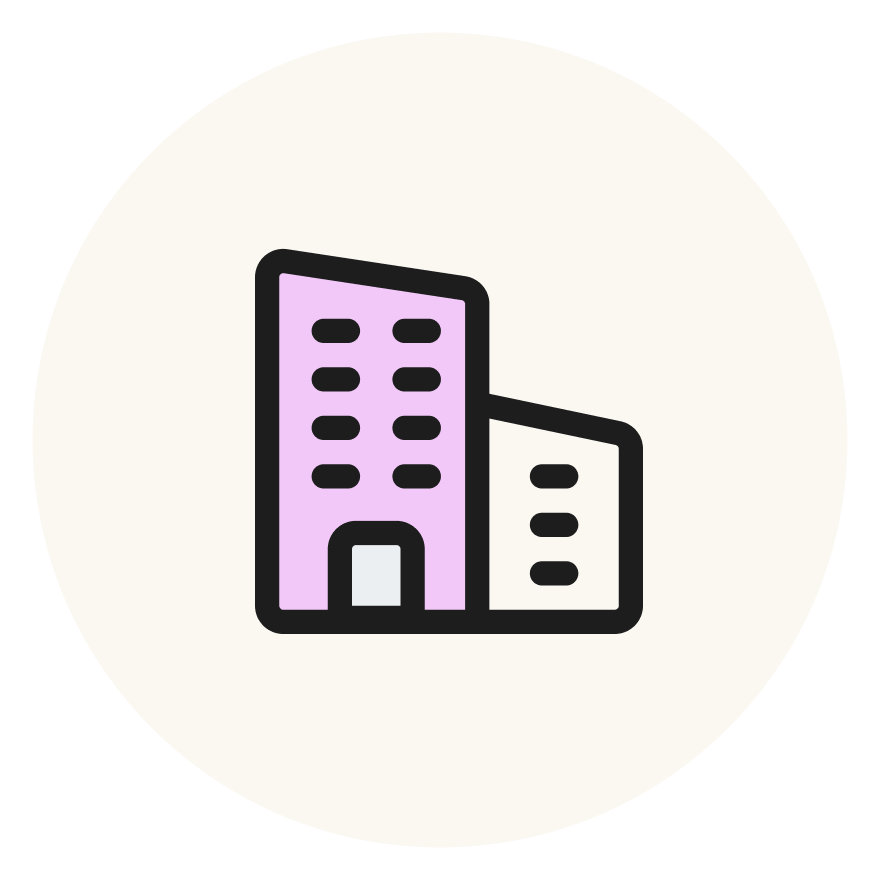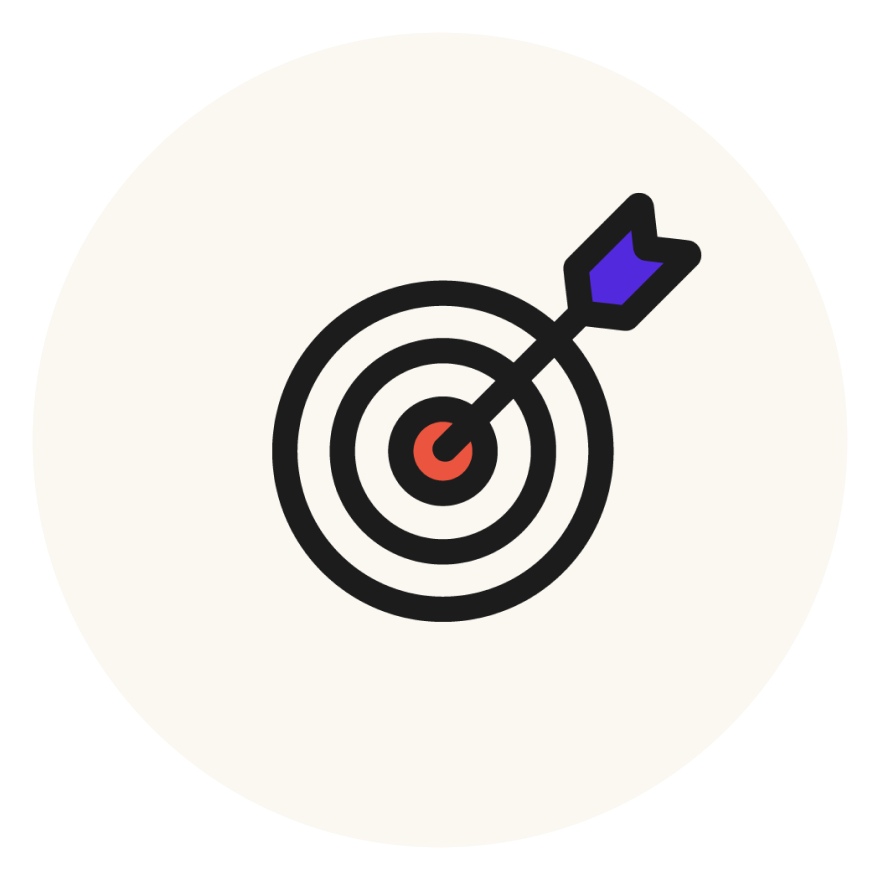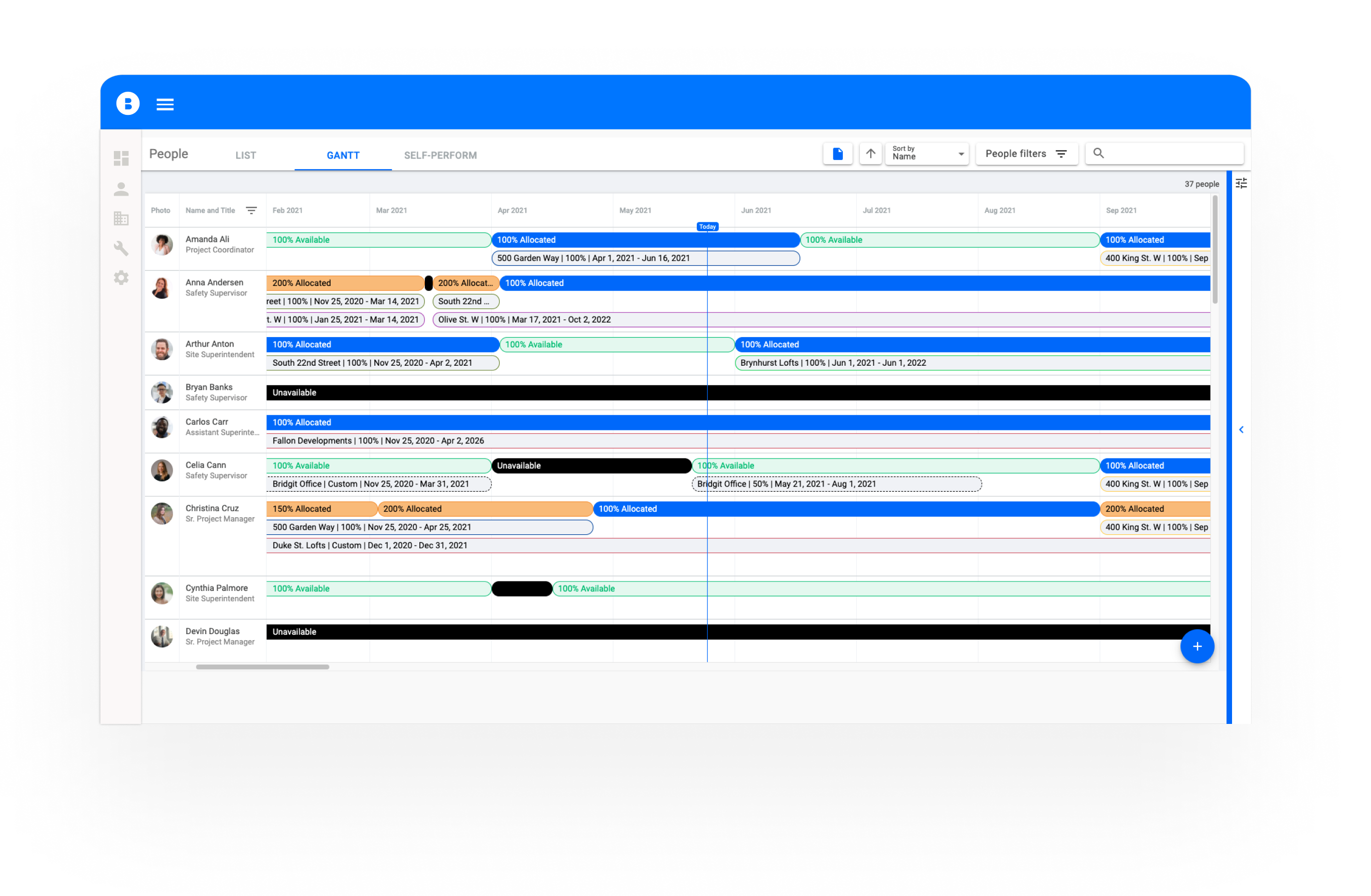The construction industry has seen a dip in productivity over the years. Construction professionals are about half as productive as they were in the 1960’s. To help combat the productive labor shortage and increase efficiency, the construction industry is undergoing a massive digital transformation. Everything from project management to labor requests are being automated to streamline workflows and provide better analytics to boost field productivity.
Resource management is no exception to transformation. For the better part of three decades construction professionals and their respective companies have relied on whiteboards and spreadsheets for collecting information to manage their workforce. These tools have helped manage scheduling and time sheets, but they lack the insights and advanced analytics needed to maximize field productivity.
That’s where construction workforce intelligence software comes in. Everything you need to know to make data driven decisions with your resources now and in planning for the future. Simply put, workforce intelligence software is about helping general contractors and subcontractors use their data to leverage their workforce more productively.
What is construction workforce intelligence?
According to FMI, 95% of construction data goes unused. Imagine if you could use workforce data to better predict project outcomes, optimize working hours, forecast future staffing needs, and use people analytics to track your team’s skills and experience as they move up the company ladder. Sounds pretty great, right?
The people are the pulse of every organization and the foundation for all future planning. Workforce intelligence and workplace intelligence software helps organizational decision makers create a stronger foundation for resource planning, while providing actionable insights to help drive the efficiency and usefulness of your workforce insight.
Workforce intelligence software goes beyond what traditional resource scheduling is capable of. It allows you to see the big picture by providing a holistic view of your entire project pipeline and respective project allocations, but also allows you to narrow your focus to better analyze how project teams, specific regions, and specific project roles are performing.
Construction is often fluid and project dates are constantly shifting. Workforce intelligence software helps to understand the impact of project changes immediately and surfaces any issues that have been created.
Upload your workforce plan and unlock workforce intelligence from Bridgit Bench.

People intelligence
Plan your workforce strategically to grow and retain your top talent. Derive solutions that help you realize the full potential of your employees.

Project intelligence
Leverage historical project data obtained through workforce intelligence software to make informed bidding and staffing decisions as you increase efficiency.

Pursuit intelligence
Use workforce intelligence software to forecast your project pipeline and make informed decisions to put forward a winning team.
The foundation of construction workforce intelligence
Though workforce intelligence tools for the construction industry are relatively new, a few core insights create the foundation for more effective planning and more efficient data management.
RESOURCE MANAGEMENT
Construction resource management is planning construction resource usage to meet project objectives. Proper project resource planning helps to keep projects on schedule by ensuring that demands are met while maximizing workforce visibility and the utilization of resources from project to project.
Managing construction resources is an important category that includes tasks such as:
- Tracking resource availability and employee labor
- Reallocating resources in response to project changes
- Ensuring project teams have the right skills and experience
- Optimizing resources for time, effort, and cost
- Identifying and resolving resource conflicts
In construction, resources range from people to equipment, which must be managed effectively to ensure projects stay on track.
SKILLS AND EXPERIENCE TRACKING
Workforce intelligence software is fantastic at gaining insight into employee skill sets, and experience tracking and tracking these essential types of data are what can take your resource management to the next level. The ability to track your team’s skills and project experience as part of your human capital planning can help you build stronger project teams with your employees. Workforce intelligence software allows you to make sound decisions backed by data and helps ensure the right person is allocated to the right project.
Collecting information through skills and experience tracking also provides workforce visibility, allowing you to closely monitor your team’s progression and identify opportunities for career-building tasks. According to a Gallup poll, only 13% of employees are engaged with the work they do. An IBM study also found that team members who feel there aren’t opportunities for career development are 12 times more likely to leave their current company.
By providing a controlled level of transparency across departments, workforce intelligence enables organizations to put their best foot forward regarding their team’s overall development. This, in turn, motivates employees to perform their best and increases overall productivity.
FORECASTING
This is where workforce intelligence pulls away from the standard scheduling and timesheet software. Workforce intelligence software can take every aspect of your resource management and stretch it out over the coming months and years to provide forward-looking insight into your project pipeline and labor strategy. By incorporating actionable insights within a system that plans out effective work hours, your workforce management processes are sure to live up to their full potential.
An organization’s biggest challenge with basic scheduling software is understanding the impact on future planning when changes are constantly made to active projects. While workforce visibility-enhancing software will help identify allocation issues that arise when changes are made, forecasting helps clarify the bigger picture.
Accurate forecasting takes your project and resource data to make resource planning more predictive instead of reactive. This is the first step towards proper automation of scheduling and workforce planning, and it allows employers to leverage reliable data with little hassle. This forward-looking approach to resource planning allows contractors to understand better where new project opportunities can be slotted into the pipeline and which resources will be available to take it on. No more spending most of your time putting out management fires on the construction site!
UTILIZATION
Utilization is a data measure of how much of a workforce’s available time is spent doing productive work. A better understanding of utilization means you’re equipped with the skills to do more with less. It gives a great level of insight into your company’s profitability and hits key workforce visibility points, such as:
- A consistently high utilization rate is a critical issue that means your workforce is at risk of being overworked or spread too thin.
- A low utilization rate for an extended period of time means that you need to bring in more projects.
- Tracking utilization for each skill and employee type (project, manager. superintendent) helps you plan when hiring more employees.
- Tracking utilization by different skill sets shows you demand for different services and where resources can be efficiently allocated.
- Utilization above 100% can imply that too many projects have been taken on, or a need for immediate hiring to expand your workforce.
Understanding your workforce utilization helps to understand better project costs, map demand for different skills and certifications, and develop your team using appropriate recruitment strategies where necessary.
CLOUD-BASED
Construction planning can quickly become a reactive process if data is outdated. Workforce intelligence provides forward-looking insight but is updated in real-time so contractors can understand the impact of their strategy immediately. This is critical to shift from reactive to proactive planning and another step towards automation within workforce planning.
Bridgit is the leader in workforce data solutions construction planning. Bridgit Bench, the #1 workforce management tool built specifically for construction, has set a new standard for data-driven, strategic planning with forward-looking insight into resource demands and utilization.
Discover what Bridgit can do for you.
Ready to level-up your workforce planning and build high-performing teams?
Schedule a free demo now.

